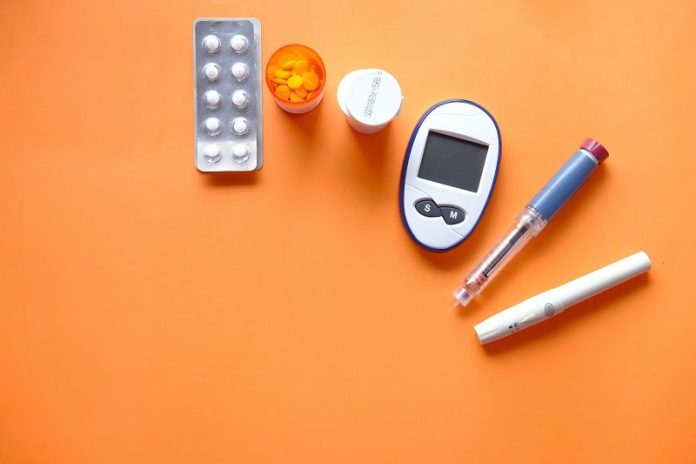
Type 2 diabetes is a common condition that affects how the body uses blood sugar, also called glucose.
Over time, high blood sugar levels can cause damage to many parts of the body—including the eyes.
Many people with diabetes are not aware that their eyesight can slowly get worse if the disease isn’t managed properly. But the good news is that regular eye care and good blood sugar control can help protect your vision.
When blood sugar stays high for a long time, it can damage the small blood vessels in the eyes. These tiny vessels are very sensitive, and when they are harmed, they may leak fluid or bleed. This damage can lead to several types of eye problems, the most common of which is called diabetic retinopathy.
Diabetic retinopathy happens when the blood vessels in the retina—the part of the eye that senses light—become damaged. In the early stages, you might not notice any changes in your vision.
But as the disease gets worse, it can cause blurry vision, dark spots, or even permanent vision loss. A study published in the journal *Ophthalmology* found that more than 1 in 3 people with diabetes will develop signs of diabetic retinopathy.
Another condition linked to diabetes is diabetic macular edema. This occurs when fluid builds up in the macula, the part of the retina responsible for sharp central vision. This swelling can make it hard to read, drive, or see faces clearly. According to the National Eye Institute, diabetic macular edema is a leading cause of vision loss in people with diabetes.
Diabetes can also raise the risk of other eye diseases like cataracts and glaucoma. Cataracts cause the lens of the eye to become cloudy, making vision look blurry or dull. People with diabetes are more likely to develop cataracts at a younger age.
Glaucoma, which damages the optic nerve, can lead to vision loss and blindness if not treated early. Studies show that people with diabetes are twice as likely to develop glaucoma as those without it.
Fortunately, there are steps you can take to protect your eyesight if you have diabetes. Controlling your blood sugar, blood pressure, and cholesterol can help reduce the risk of eye problems.
The American Diabetes Association recommends getting a comprehensive dilated eye exam at least once a year. These exams allow eye doctors to look for early signs of damage before you notice any symptoms.
Treatment for diabetic eye diseases has improved in recent years. If eye damage is found early, doctors can use treatments like laser therapy, injections, or surgery to slow the disease and prevent vision loss. But the key is catching problems before they become serious.
In summary, type 2 diabetes can have a big impact on your eyesight, but much of the damage can be prevented with regular checkups and good health habits. Keeping blood sugar levels in a healthy range, staying active, and working closely with your healthcare team can help keep your vision clear and your eyes healthy.
If you care about diabetes, please read studies about diabetes and vitamin B12, and the right diet for people with type 2 diabetes.
For more health information, please see recent studies about how to eat smart with diabetes, and turmeric and vitamin D: a duo for blood pressure control in diabetic patients.
Copyright © 2025 Knowridge Science Report. All rights reserved.



